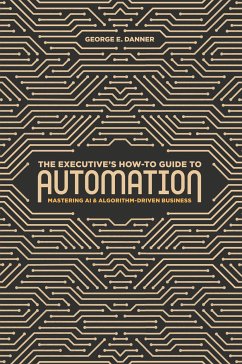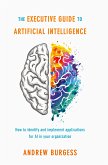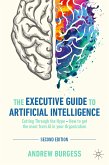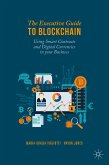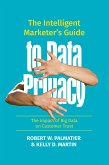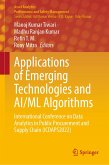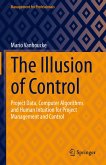This book provides the blueprint for automating critical business functions of all kinds. It outlines the skills and technologies that must be brought to bear on replicating human-like thinking and judgment in the form of algorithms. Many believe that algorithm design is the exclusive purview of computer scientists and experienced programmers. This book aims to dispel that notion. An algorithm is merely a set of rules, and anyone with the ability to envision how different components of a business can interact with other components already has the ability to work in algorithms.
Though many fear that the use of automation in business means human labor will no longer be needed, the author argues that organizations will re-purpose humans into different roles under the banner of automation, not simply get rid of them. He also identifies parts of business that are best targeted for automation.
This book will arm business people with the tools needed to automate companies, making them perform better, move faster, operate cheaper, and provide great lasting value to investors.
Dieser Download kann aus rechtlichen Gründen nur mit Rechnungsadresse in A, B, BG, CY, CZ, D, DK, EW, E, FIN, F, GR, HR, H, IRL, I, LT, L, LR, M, NL, PL, P, R, S, SLO, SK ausgeliefert werden.

